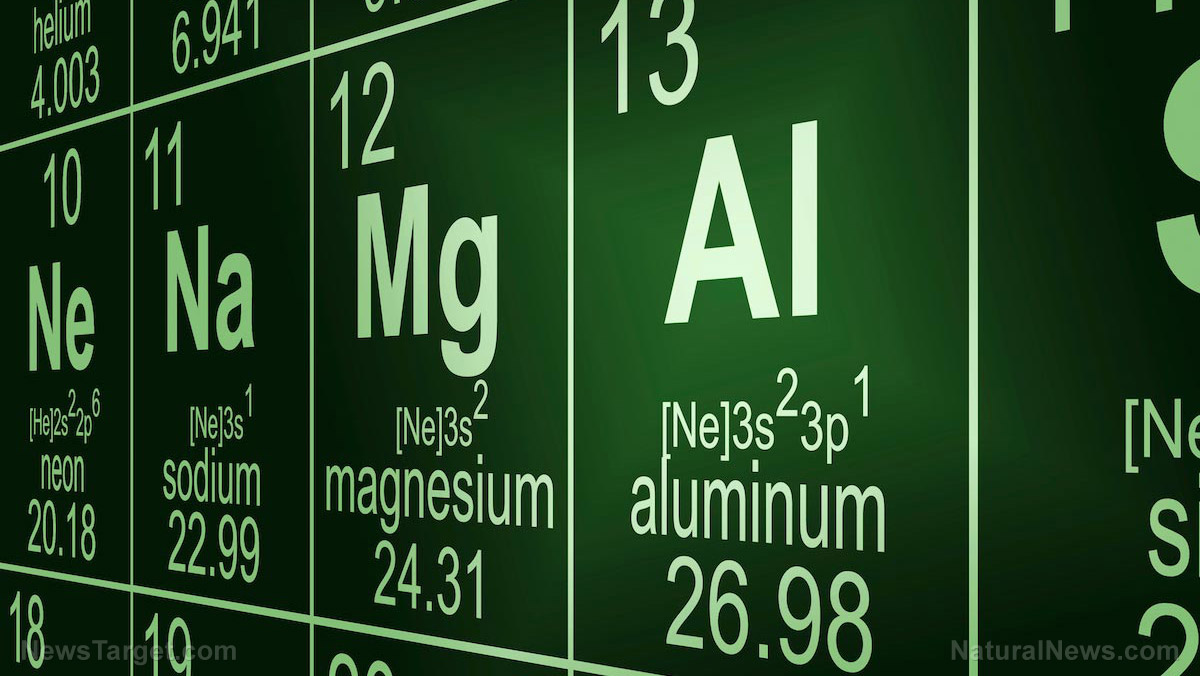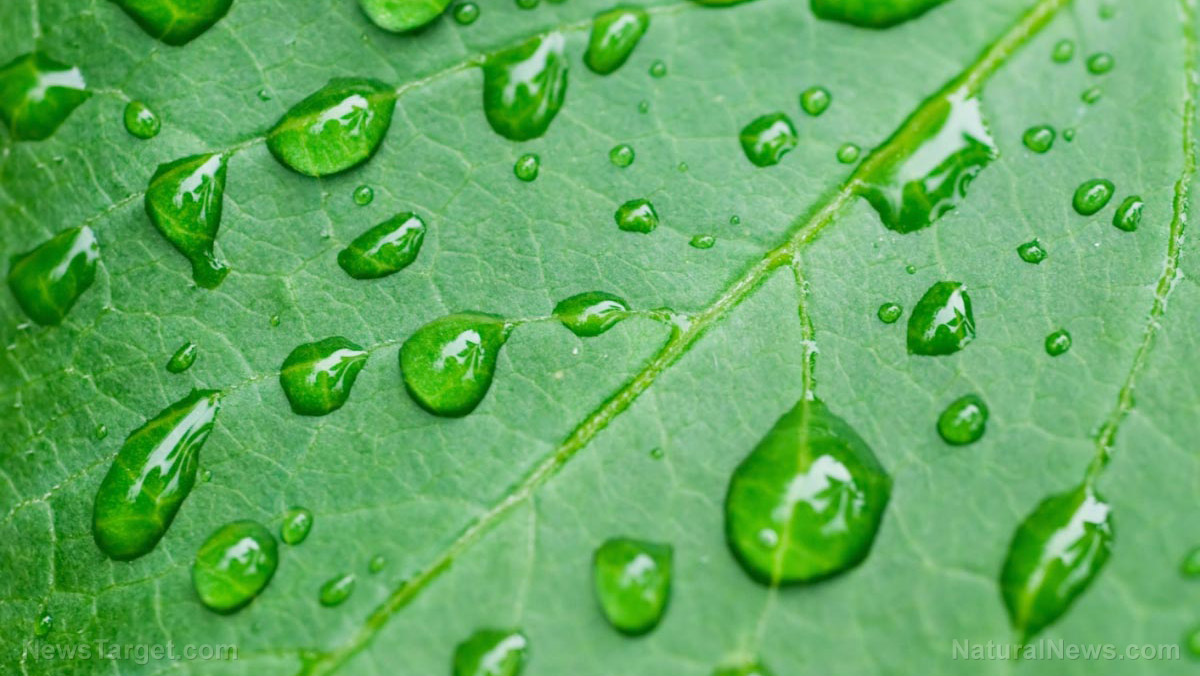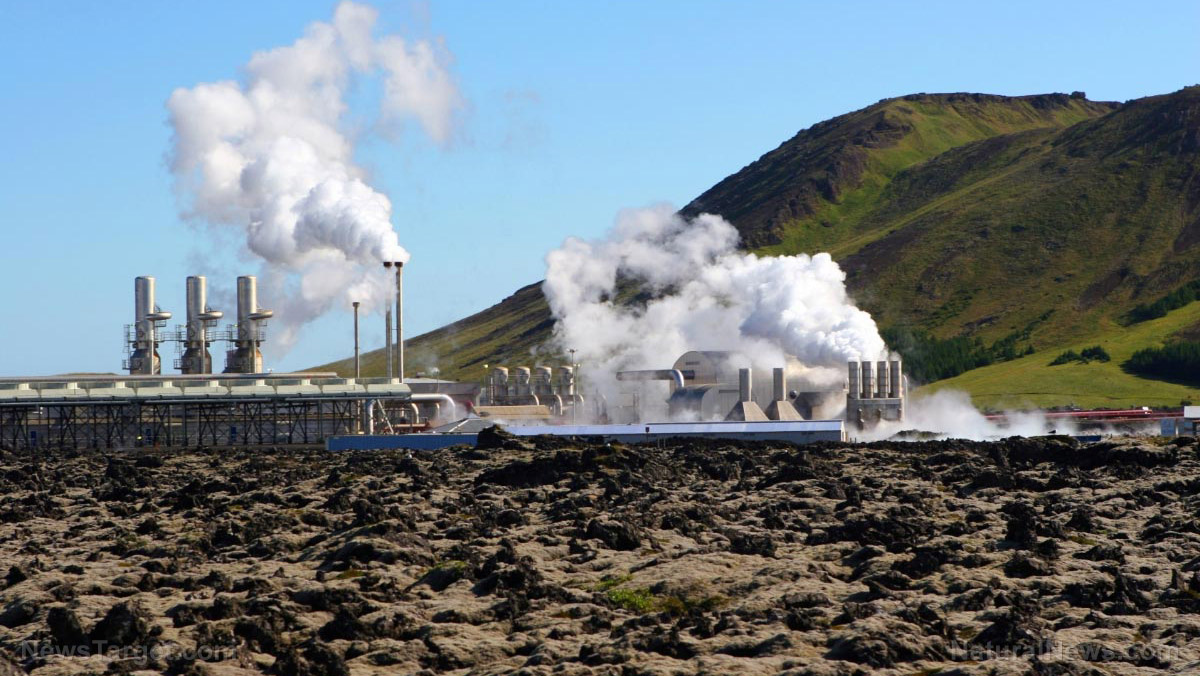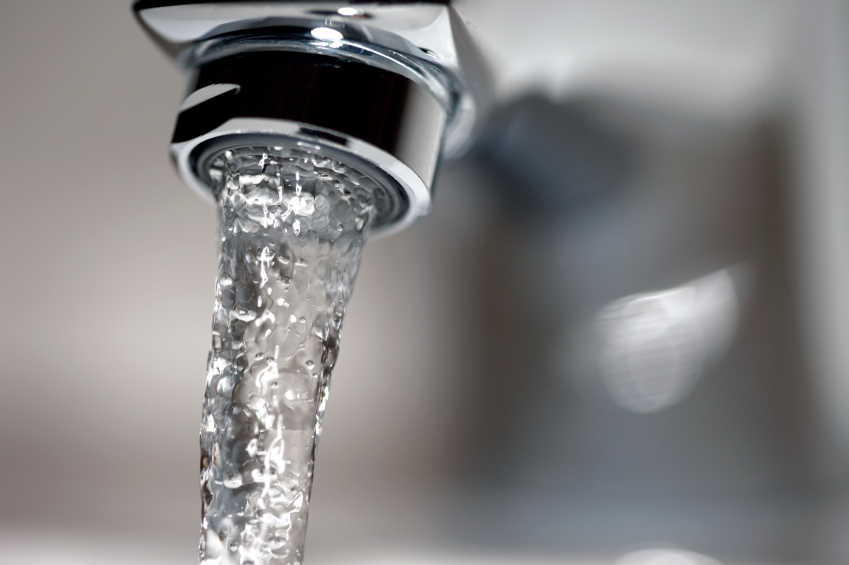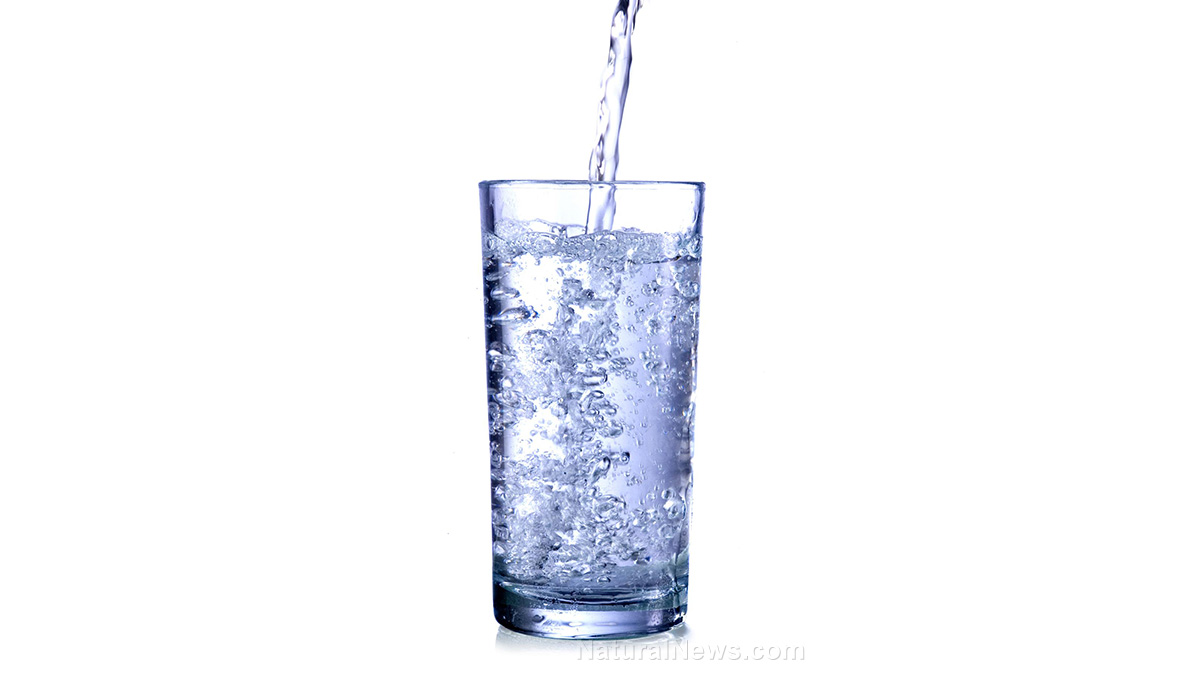Researchers identify ligands that help bind lead in soil
04/17/2019 / By Ralph Flores
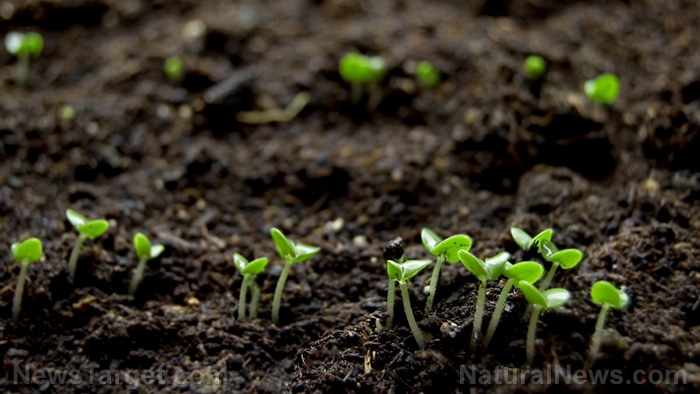
A recent study published in the Archives of Agronomy and Soil Science revealed that certain ligands can help in addressing lead in soil. In the study, researcher Salman Hassan Selmy of Egypt’s Assiut University looked at sorption, desorption, and the immobilization of lead in different soil types after ligand treatments.
- For the study, Selmy used inorganic ligands, namely, nitrate (NO3?), chloride (Cl?), and dihydrogen phosphate (H2PO4?), in clay and calcareous loamy sand soils.
- In addition, lead sorption was also studied in soils treated with oxalate and citrate.
- In clay soil, the maximum lead sorption capacity ranged from 42.2 to 47.1 millimoles per kilogram (mmol/kg), while loamy sand soil had a capacity of 45.2 to 47 mmol/kg.
- The binding energy constant for lead sorbed in loamy sand soil was 528–1061; in comparison, the energy constant was lower in clay soil at 24.38–55.29.
- When initial pH levels are less than 3, loamy sand soil sorbed more lead than clay. However, it only can do it until the lowest initial pH of 2.
- The findings revealed that soils treated with dihydrogen phosphate exhibited the greatest lead sorption and immobilization. In addition, chloride-treated clay soil had a lead sorption rate of 0.1 mol/kilogram of chloride.
- Citrate ligand has the highest decrease in lead sorption among the other organic acids.
The researchers concluded that lead sorption is highly dependent on which ligands will be used for treatment and the soil type.
Journal Reference:
Selmy SAH. INORGANIC AND ORGANIC LIGANDS INDUCED CHANGES IN PB SORPTION OF ARID ?CLAY AND CALCAREOUS LOAMY SAND SOILS. Archives of Agronomy and Soil Science. 2018;64(11):1582–1594. DOI: 10.1080/03650340.2018.1445225
Tagged Under: Ecology, environment, green living, Lead, lead sorption, ligands, organic ligands, Plants, research, science, soil treatment, toxic elements, toxins, trees





